An investigation is under way after one of Scotland’s most important Pictish monuments was toppled by Angus winds.
The standing stone sits at the roadside in Aberlemno, between Forfar and Brechin.
It is one of a collection of four stones regarded as among the most significant in Scotland’s Pictish history.
The cross slab that fell is considered the most impressive of the Aberlemno stones.
It crashed down as high winds swept Angus on Tuesday.
It stands 2.8 metres high and is a metre across.
The stone is carved on both sides with intricate Pictish symbols and is world-renowned among academics and historians.
Its road-facing side is dominated by a deeply carved cross.
The shaft of the cross has an angel on either side, each carrying a Bible.
The rear is divided into three distinct sections.
Its carvings include:
- Pictish crescent and rod symbols
- A scene of four mounted hunters, deer and hounds, two trumpeters, and a man carrying a spear and square shield
- Biblical images, including David and the lion
HES experts assessing Aberlemno Pictish stone damage
A team of experts from Historic Environment Scotland arrived on site on Wednesday morning.
They are assessing possible further damage to the stone.
Ironically, there are fears among some locals it may have been brought down by a wooden case designed to protect the ancient monument from the elements.
Three roadside stones at Aberlemno are covered from October to April each year.
The fallen stone remained shrouded in the wrecked cabinet, which struck a wall at the rear of the relic.
The wooden cabinet was braced, but did not appear to have fixed ground foundations.
HES describes the damaged stone as an “extraordinary” monument.
A spokesperson said: “Yesterday (Tues) we were made aware that Aberlemno III, one of four Pictish sculptured stones within the village of Aberlemno, had fallen over along with the wooden box which is used to encase the stone during the winter months.
“Our specialist teams acted quickly to secure the stone and are now working to ensure its safe temporary removal for further assessment and to determine next steps.”
Angus was a Pictish heartland around the era from 300 to 900AD.
The Aberlemno stones were discovered in local fields.
And the village is a few miles north of the site of the Battle of Nechtansmere.
It was fought in 685AD, and saw the Picts defeat King Egfrith’s Nortthumbrian army in a battle considered to have defined early Scotland.
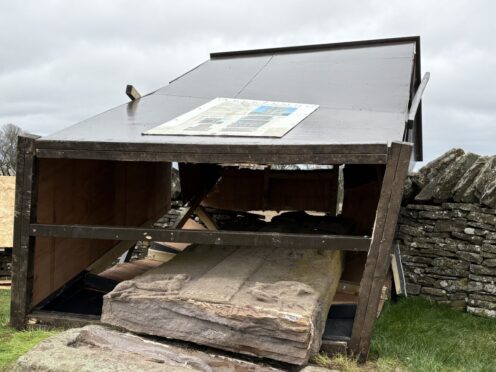
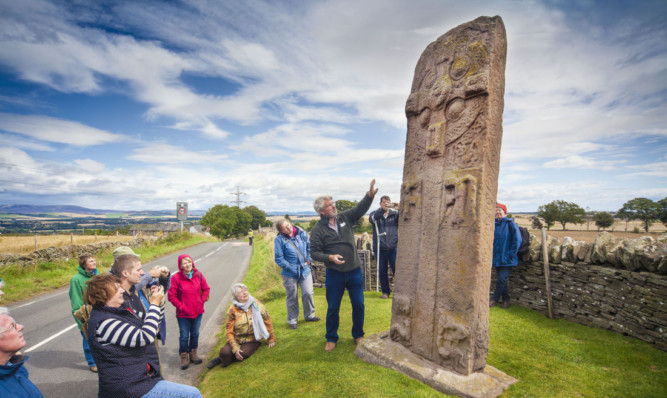
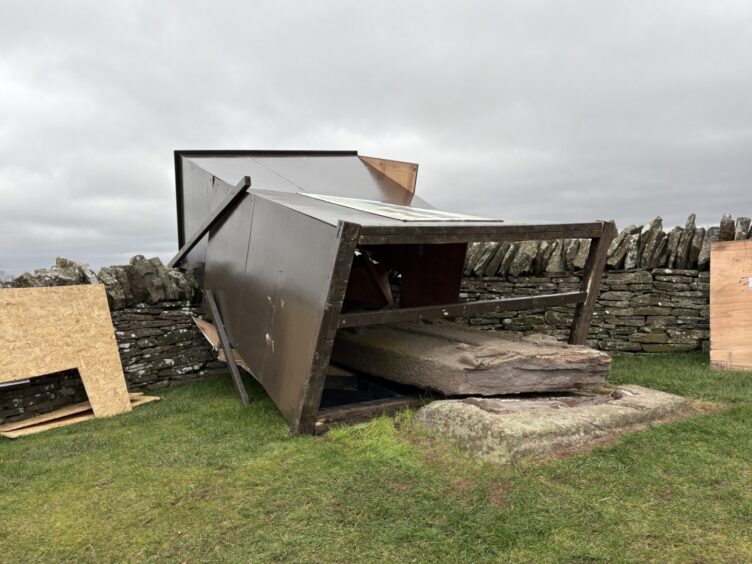






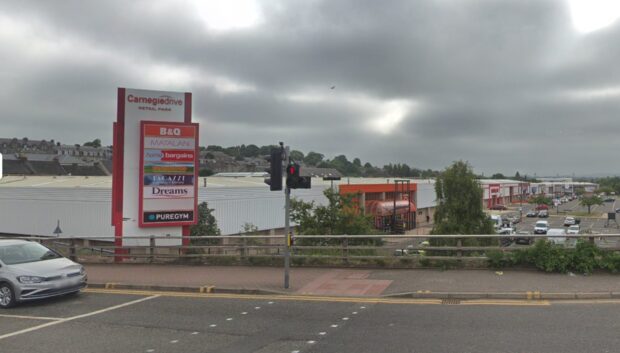


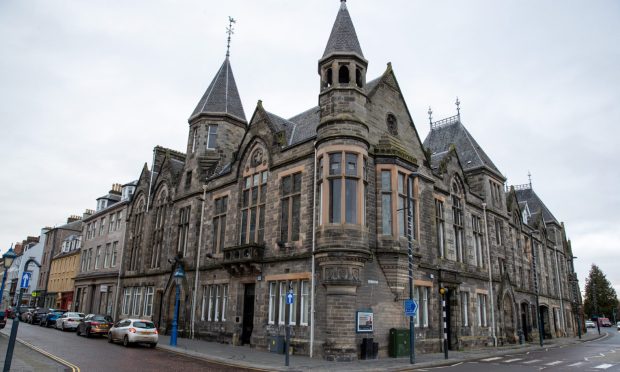
Conversation